The Hidden Cost of Unconscious Bias
We hear about the benefits of diversity and inclusion, but what we don’t hear enough about are the costs of unconscious bias and why it matters to employers of all sizes. If your organization isn’t already taking concrete steps to improve diversity, there are several good reasons to start. These benefits may seem intangible and hard to measure, but that doesn’t mean they aren’t real – there’s an obvious cost of unconscious bias for employees, and companies who proactively invest in diversity retention stand to benefit financially and culturally as well.
“These benefits may seem intangible and hard to measure, but that doesn’t mean they aren’t real.”
Unconscious bias is a natural part of our cognition that gets in our way when it comes to communicating and interacting with people who are different from us. It happens automatically and is triggered by emotions such as fear, excitement, or surprise. The bad news is that we all have unconscious biases—that’s just how humans work! The good news is that training your brain to overcome these automatic reactions can help you lead more effectively in a world where a diverse workforce will only continue to grow.
Anytime you are treating a person differently than anyone else in a negative way, you’re creating an environment that is toxic and hard to thrive in. You can also make decisions subconsciously based on someone’s race, gender, or what they look like. This can create an unfair advantage for some people and make others feel excluded. The result is losing talent, good ideas being thrown out without consideration, and not reaching your full potential as a team.
“Anytime you are treating a person differently than anyone else in a negative way, you’re creating an environment that is toxic and hard to thrive in.”
We all have biases, whether we like to admit it or not. Sometimes they’re blatant (I hate short people! Ugh!) and sometimes they’re a little more subtle (I really enjoy spending time with my white friends—that’s just how I am). The problem is that these hidden biases are hindering your company’s growth. According to Gallup research, Gender diversity has a significant impact on an organization's financial performance. Similarly, McKinsey recently released a report showing companies that invest in diversity and inclusion initiatives see measurable benefits in improved performance across key metrics such as revenue growth, productivity, customer acquisition and retention. And while some employees may feel uncomfortable with these conversations, they’re necessary for developing strategies to avoid unconscious bias at work.
“The problem is that these hidden biases are hindering your company’s growth.”
If it’s true that an inclusive work environment is good for business, then why isn’t every company committed to diversity and inclusion? One reason: Many companies are not aware of how much unconscious bias can cost them. In fact, some estimates suggest that unconscious bias costs U.S. companies more than $3 million annually in lost revenue alone.
As I’ve said before, you can’t be what you can’t see. Although women and minorities continue to enter top-level management roles in large companies, unconscious bias still prevents a lot of people from seeing them there. And when these individuals don’t see representation for people like themselves on their company rosters, they often subconsciously assume there aren’t many at that company who look like them—so they leave.
It’s easy to recognize bias in others, but what about ourselves? Our Unlocking Awareness Workshop is an interactive experience that helps employees recognize their own unconscious biases. And as we become aware of our own bias, we can more easily acknowledge and challenge our subconscious assumptions—and be better, more inclusive leaders.
CONTRIBUTER
Steffon Isaac
Founder, The CLU Studio
steffon.isaac@theclustudio.com

